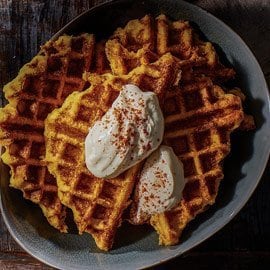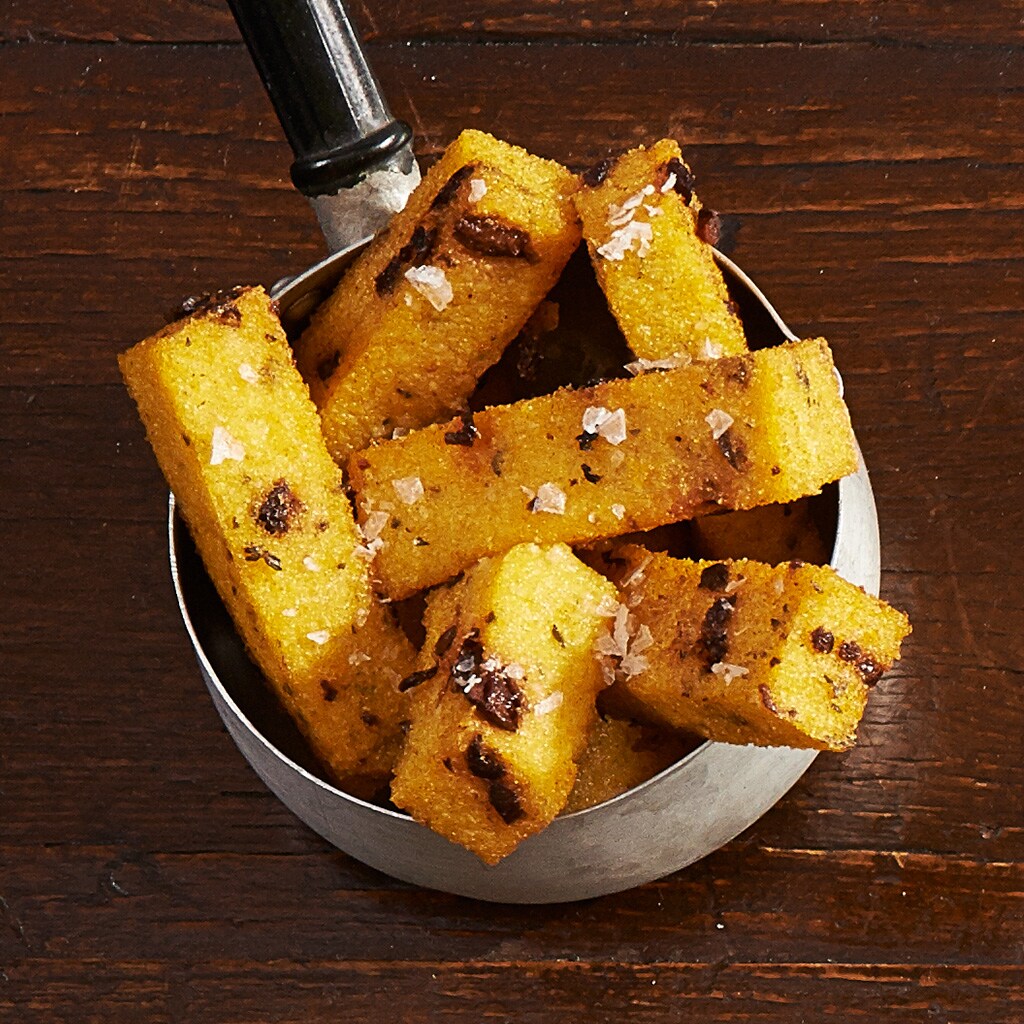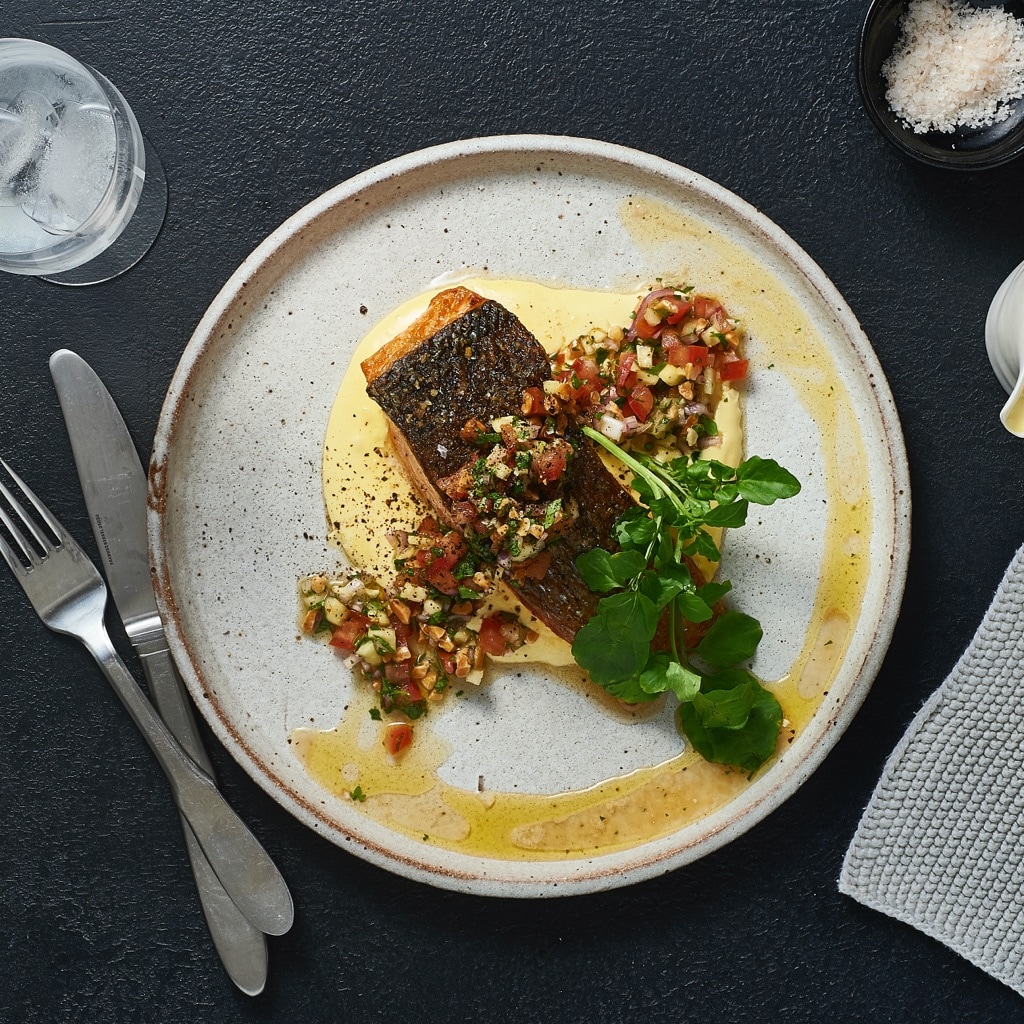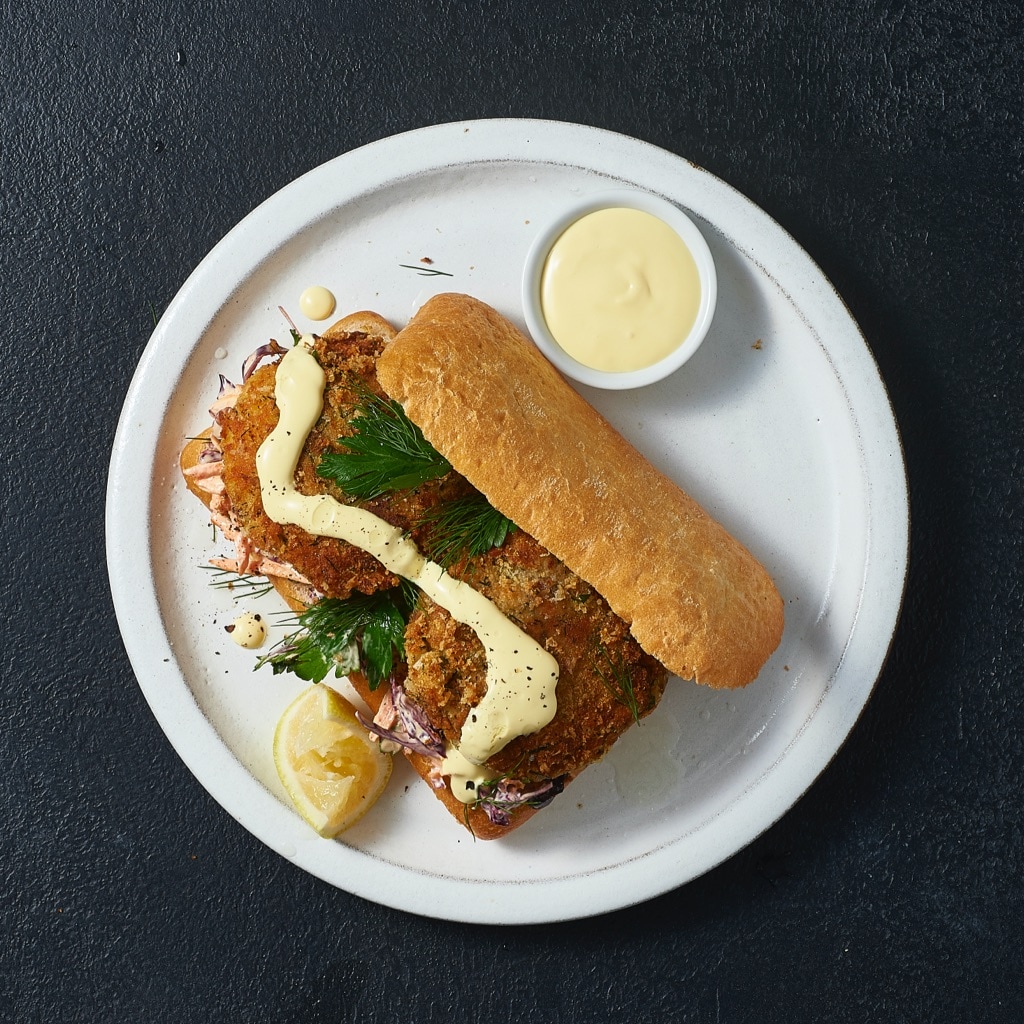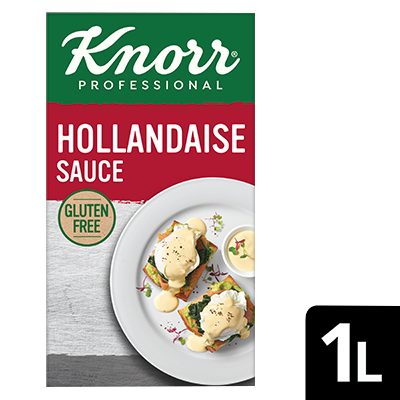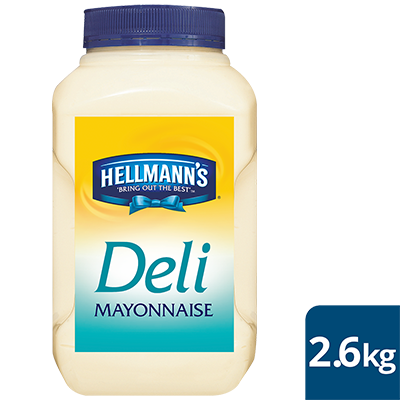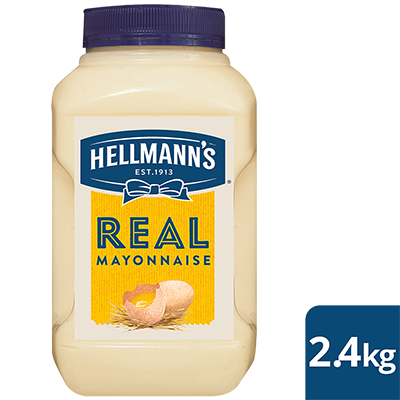Updated on Tuesday, 15ᵗʰ February, 2022
Once heroes of the neo-hippy movement, grains and seeds are now well entrenched on the mainstream dining scene. As a response to the increasing push for meat-free menu items, substantial dishes are incorporating grains and seeds in ever more creative ways.
Traditionally underrated, grains and seeds are emerging as more than just fillers and garnishes. When employed as a core ingredient they add nutrition, texture and flavour. From caramel-y malted grains to fizzy fermented ones, these little gems are no longer mere bit players, enjoying their moment in the spotlight.
Express your imagination
Like most ingredients, the use of seeds and grains in dishes is limited only by a chef’s imagination. With pressure on meat prices, and chefs constantly searching for a point of difference, it’s time to rethink the use of traditional grains and seeds while experimenting with emerging ones. And this is not only from a trends and cost perspective, but also due to the variety of flavours offered in everything from amaranth to the indigenous Australian wattle seed.
Go local in your choice
Bret Cameron, head chef at The Pacific Club in Bondi Beach, continues to build a new tradition with a dedication to local food philosophy, adding indigenous seeds and grains along the way.
‘For me, it’s exciting,’ he says of the changing ways indigenous ingredients can help us look at food, paying special attention to aroma, crispy mouthfeel and healthiness.
He advocates the use of wattle seed, highlighting the aromas of coffee, hazelnut and chocolate when the seed is roasted. Fermented pearl barley is valued in Cameron’s kitchen for its sourness, while pumpkin seeds are made into a pasty sauce or glazed for a crispy addition to a dish.

Hemp is the trend
While we all know about quinoa, an emerging food hit is the hemp seed, which is now being found in everything from cakes and baked goods to beers and burgers.
Byron Bay is a great place to explore the hemp-as-food fad. Elixiba is a vegan eatery that is home to loaded hemp chips, featuring spicy hand cut potato portions covered in a creamy aioli and hemp seeds, while the all-day menu at The Byron Bay General Store includes a gluten-free falafel bowl that is flavoured with a hemp seed dukkah. The Byron Bay outpost of the Three Blue Ducks group adorns its simple side salad of farm leaves, shaved veggies and citrus dressing with hemp seeds.
Cooking with combos
Hemp joins a host of other delicious and versatile ancient grains and seeds on current menus. They will be found sprinkled over summer salads, as stuffing for roasted chicken and included in cakes and muffins.
The breakfast menu at Knick Knack Café in central Sydney includes a blueberry and coconut chia seed pudding, while the venue’s Bircher muesli combines the flavours of apple, hazelnut and hemp.
At Middle Ground in Melbourne, chef Shane Delia fully embraces the seed and grain revolution, using the likes of quinoa and ancient grains in textural salad bowls, caraway and sesame seeds in dressings, and flaxseed and chia in nutrition-loaded smoothies.
Avenues to explore
The Grains and Legumes Nutrition Council says we will soon see more ‘pseudo-grains’, such as amaranth, buckwheat and chia—which are really seeds—as well as grains including freekeh, farro and millet.
Africa and South America, two largely untapped resources of new foods, are both hot destinations for foodies, given the amazing array of dishes that can be found across the dozens of cultures that dot the two continents.
Small, humble and unassuming, the simple grain, with its diverse varieties and multiple uses, offers the creative chef a fabulous opportunity to establish a point of difference.
Find out more about Trends on Plate
Top recipes
-
Corn 'N' Cheese Potato Waffles -
Fried Green Beans -
Falafel and Avocado Wrap with Lettuce and Sweet Chilli Mayo -
Smoked Pumpkin Hash -
Char Grilled Vegetable Burger -
Tangy Coleslaw, Lime Mayo Dressing -
Olive, Thyme Polenta Chips -
Roasted Vege Salad -
Asian Chicken Salad with Sweet Chili Lime Dressing -
Chicken Schnitzel Turkish with Tomatoes, Bacon and Swiss Cheese -
Hawaiian Salmon with Lime Hollandaise -
Veggie Pattie with Slaw Sandwich -
Salt and Pepper Squid Salad -
Related Products
Log in or Create an account to access:
- Get access to this content
- Discover the latest culinary trends
- Explore and save your favourite recipes
- Watch free video training courses for chefs

